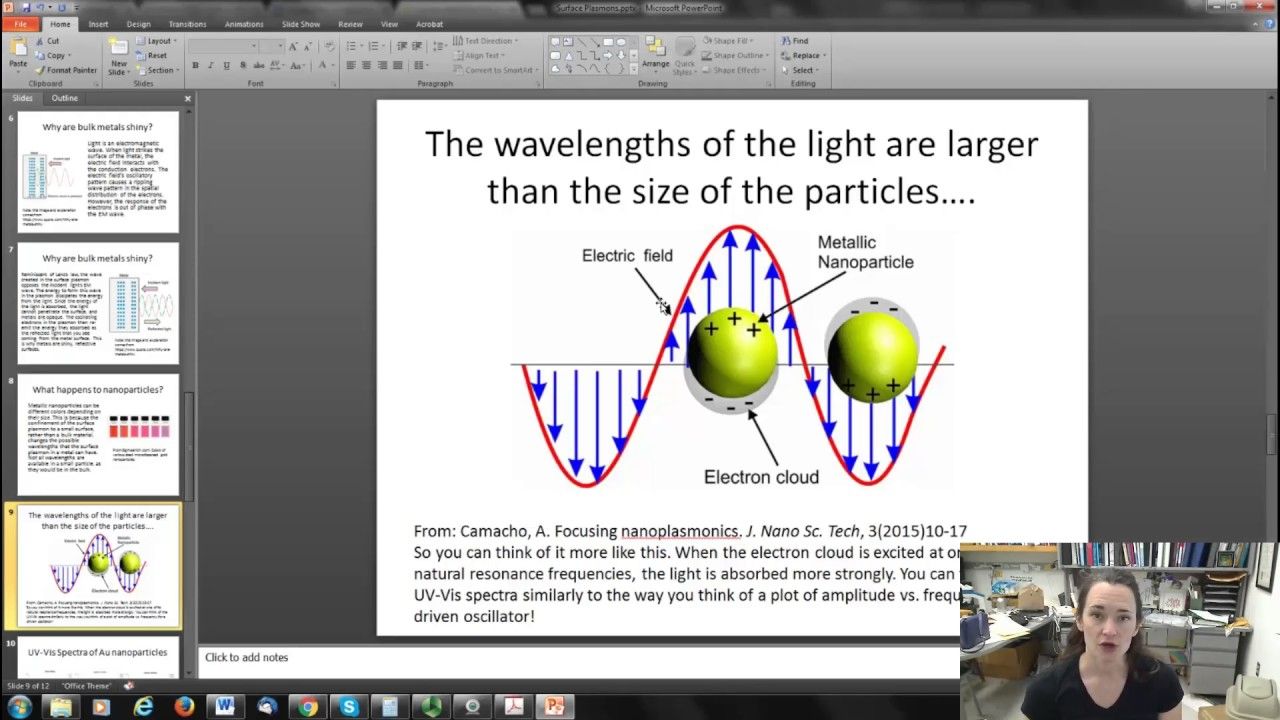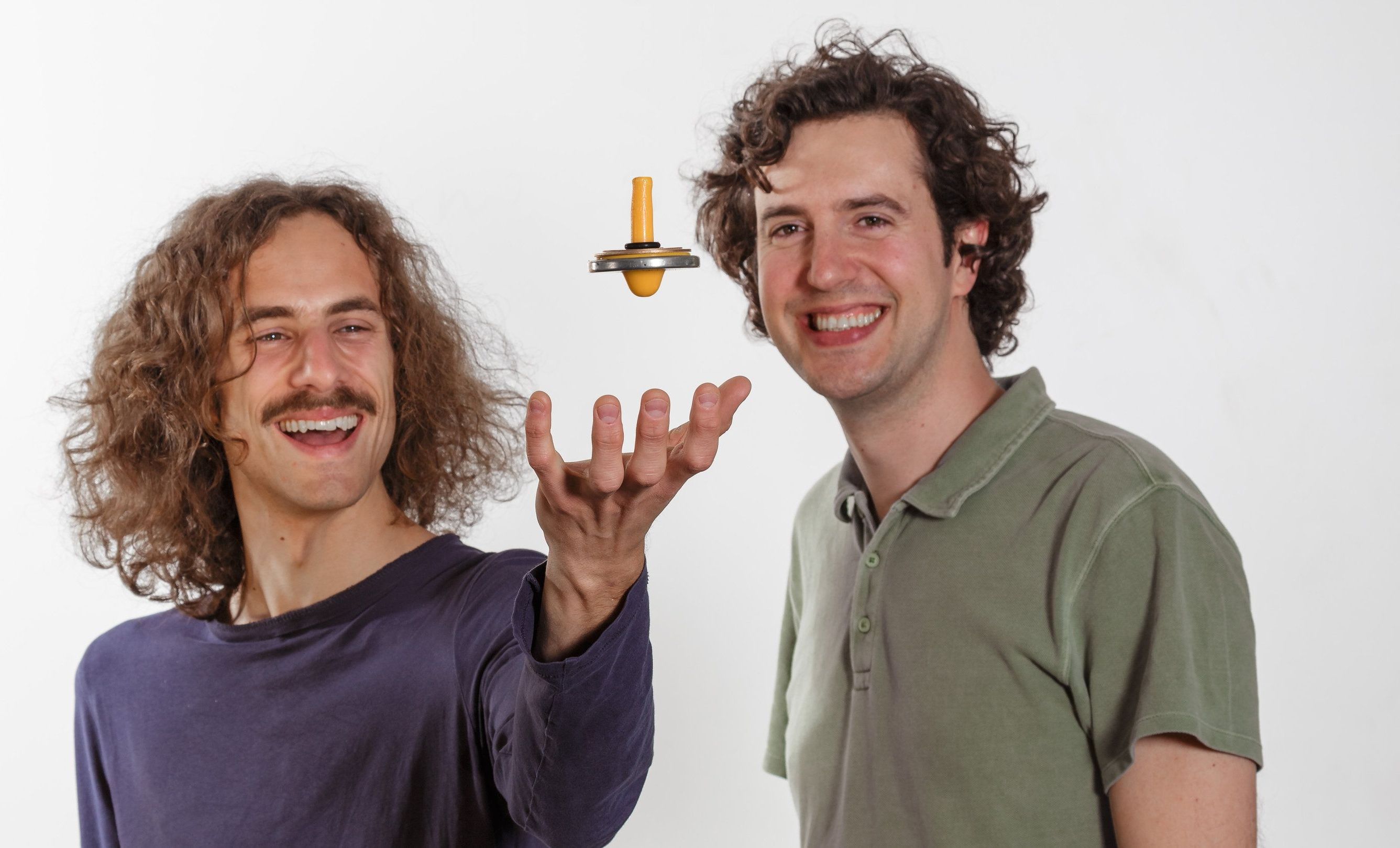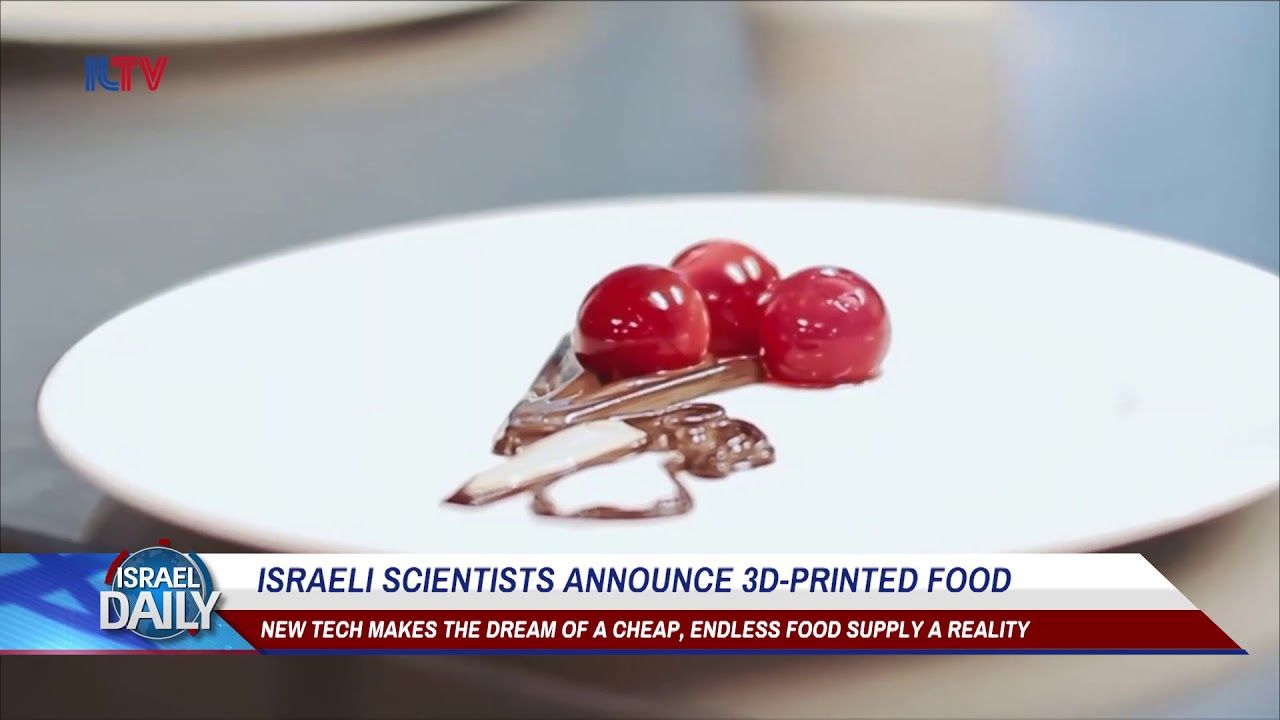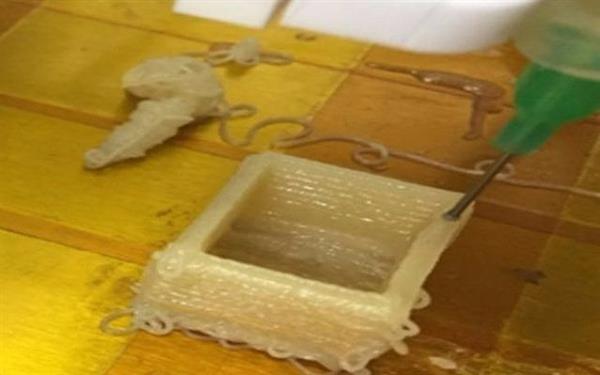Imagine that instead of switching on a lamp when it gets dark, you could read by the light of a glowing plant on your desk.
MIT engineers have taken a critical first step toward making that vision a reality. By embedding specialized nanoparticles into the leaves of a watercress plant, they induced the plants to give off dim light for nearly four hours. They believe that, with further optimization, such plants will one day be bright enough to illuminate a workspace.
“The vision is to make a plant that will function as a desk lamp—a lamp that you don’t have to plug in. The light is ultimately powered by the energy metabolism of the plant itself,” says Michael Strano, the Carbon P. Dubbs Professor of Chemical Engineering at MIT and the senior author of the study.

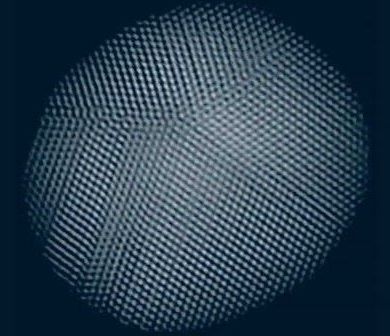
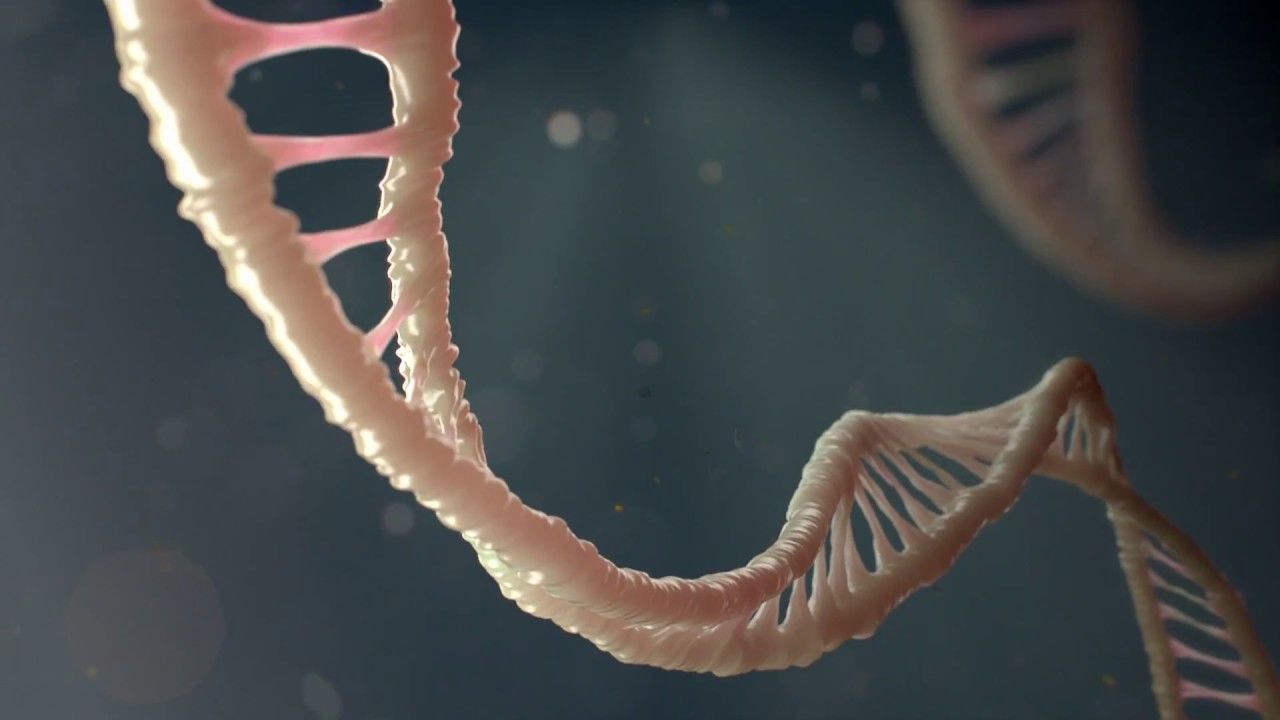
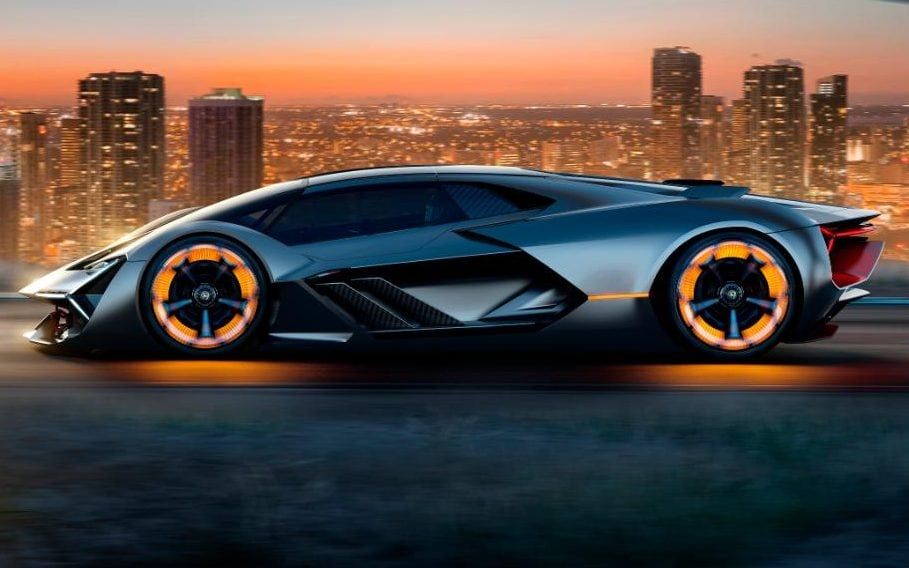
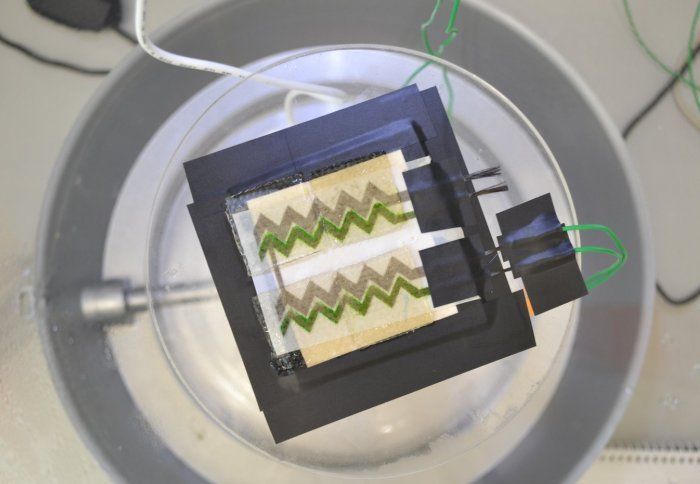
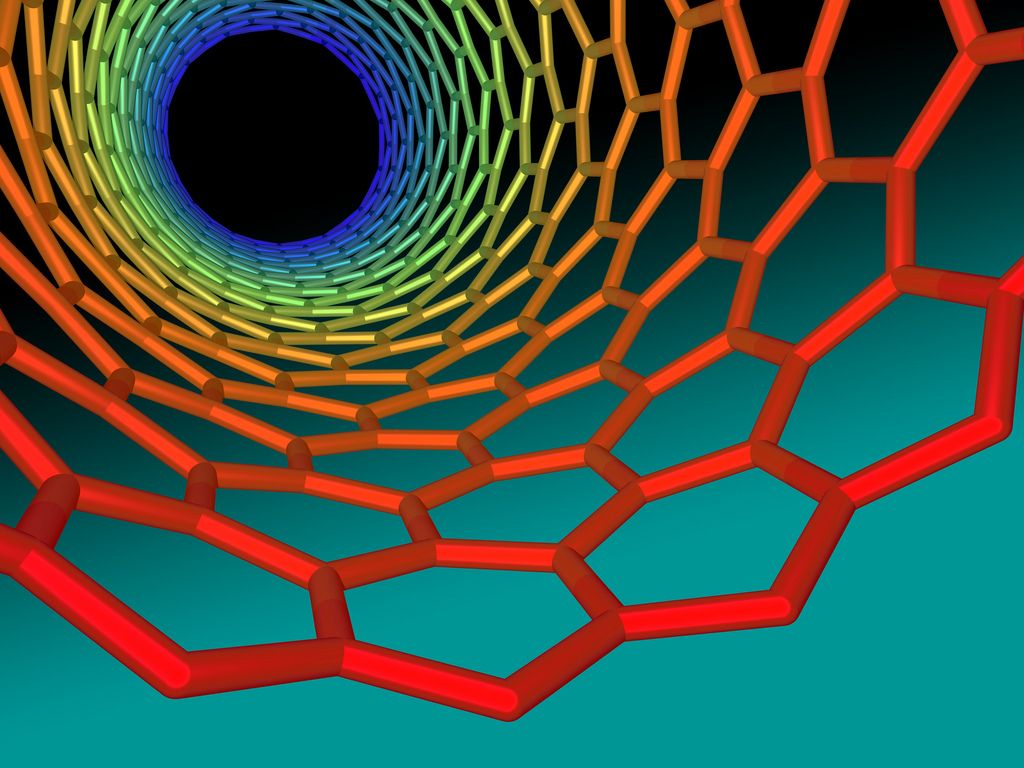
 עברית ( Hebrew )
עברית ( Hebrew )